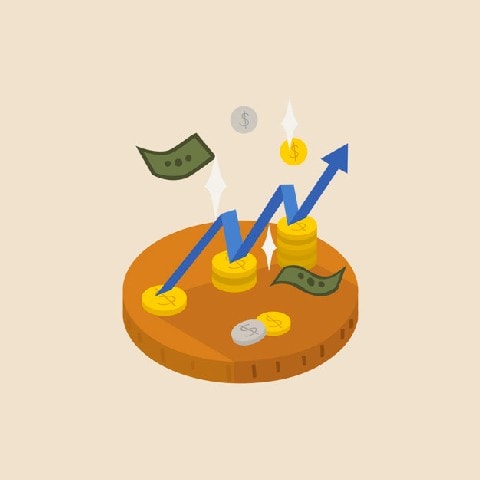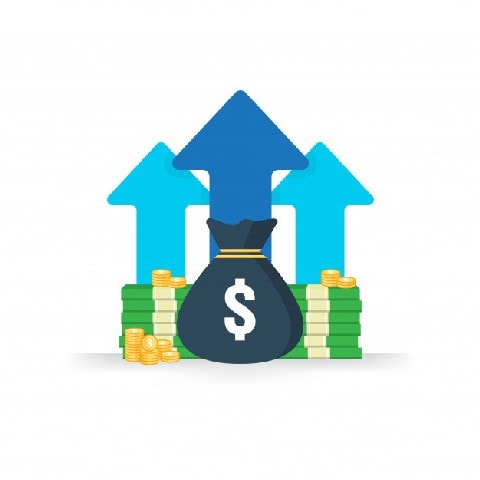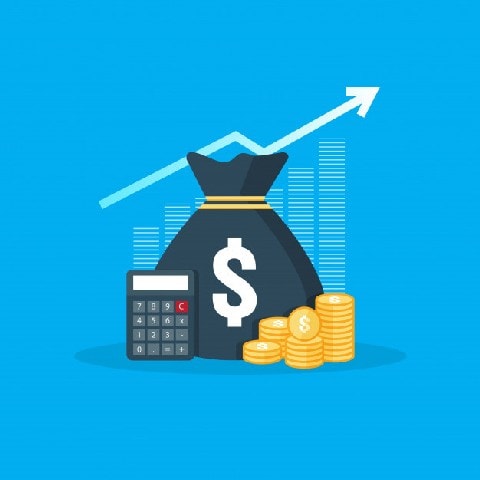In simple terms, cost leadership can be explained as when a company tries to get a competitive edge by reducing the price of the product. For example, Chinese mobile brands like Xiaomi and Oppo use cost leadership strategy and charge their products, which are primarily mobile phones, very less compared to others like Google and Apple.
Many companies try to achieve cost leadership by reducing their operation cost so that their overall prices are reduced without reducing the profit margin. This brings the price of the product lower than that of the competitors.
Today’s business environment is very complex but a sophisticated one because the customer is our about different choices that are available to them. Competitive pricing is one of the guaranteed ways by which competitors distinguish themselves. Cost leadership is efficiently executed by companies that have minimal production costs.
Walmart is another example that runs the cost leadership strategy efficiently. The operations of Walmart are so efficient, and they have such a vast distribution network that there able to get preferential pricing on the products which they said to the customers far is this then other retailers. Any product which can be obtained at Walmart is compared with any other Supermart like target will have the price difference with the lower cost being that of Walmart.
Table of Contents
Strategies to achieve Cost Leadership
The primary principle in cost leadership is to have the products at a lower cost compared to competitor pricing. There are different ways that an organization can achieve a lower cost for their products. Following are a few of the cost leadership strategies:
1. Economies of Scale
As the name suggests producing more products will reduce the per-unit cost. Companies with high volume businesses can achieve economies of scale. It will not be possible for small companies to achieve cost leadership with economies of scale. Walmart is an example that meets cost leadership by economies of scale.
2. Size Advantages
Another strategy that few of the organizations use is to increase their purchasing power. In other words, if they increase the amount of money that was given to the suppliers, then they have more chance of extracting unique details from them which will turn out to be cost-efficient.
3. Technology
Innovative and cost-effective technologies, coupled with improved methods of production, are a significant source for cutting the costs. Technology upgrades are endless. There is a vital technology upgrade every few weeks, and if companies understand it and utilize it for their product, then it will result in reducing their per-unit cost of the product.
The use of artificial intelligence, new software’s and improved hardware or a combination of both are few of the methods which can be used to improve the production facilities and thereby reduce the production cost. The use of technology will not only reduce costs but also reduce the chance of error which may have happened because of human intervention.
4. Raw Materials
The operating costs and manufacturing cost of the product depend directly on the value of raw materials. If the cost of raw material increases, this automatically fluctuates the price of the product. To reduce the cost of procurement of raw materials, the company can either bargain for a better price or try to get access to raw materials by themselves.
This will reduce the costs of manufacturing and in turn, the finished product. Lowering the cost of raw materials or undertaking their production will help the organization to reduce the value of the product and gain cost leadership in the market.
Advantages of Cost Leadership strategy
1. Better profitability
Cost leadership is focused on providing products with low operating costs. By reducing the production cost, higher profit margins are available for the organization. Compared to competitive products, The price of the product will always have a more significant margin.
The company with cost leadership will also have higher bargaining power over competitors.
2. Market share
Achieving higher profit margins will automatically help the organization to gain an improved market share. Budget-conscious customers who want quality and value will be able to afford your product.
If you have the goods or services which have the lowest cost among the competitors and also an acceptable value which is around the average of other products, then they will be considered for the purchase first. As time goes, these leaders can get more business even from a mature market.
3. Business sustainability
The financial rates are significantly reduced when the cost or lower for the business. Business sustainability becomes an advantage compared to competitors and even when the economic conditions are not in favor.
Whenever there is a trade war or a price war, then the companies which are doing business with the lowest cost will have higher chances of survival.
4. More capital
Cost leadership is essential to promote the availability of capital resources. Although the cost of retail goods is low, it is possible to retain higher capital only because of higher margins from each transaction.
If every such product gives a higher margin then, over time, it can be used for multiple purposes. Such capital which is accumulated over time can be used for investment in new ventures or further growth of the organization.
5. Reduces competition
If a company implements the cost leadership style successfully, then it will be advantageous for that company, but the competitors may not survive in the long term.
Initially, to survive, competitors may reduce the price and bring down to your level, but in the long run, not every business can sustain with simply reducing costs without employing a proper cost leadership strategy. This will allow you to dominate the market over time.
Here is a video by Marketing91 on Cost Leadership Strategy.
Disadvantages of Cost Leadership Strategy
1. Financial cuts
It is always commendable that an organization sustains in the cost leadership strategy. The budget accumulated from the cost leadership can be used in many alternative ways for the growth of the organization, but there is also a danger in the strategy.
The reduced costs may affect the essential and critical areas of the companies act customer service. Although the price is excellent, the customers who believe in the customer service will never venture into buying your product.
2. Product innovation
One of the first effects that cost leadership strategy has is on the research and development team. For many companies, research and development seem like an unbearable cost.
This results in cutting the funds for research and development, which will ultimately result in inferior new products reaching the market. With fewer chances of innovation cost, leadership promotes the same product at a reduced cost.
3. Customer feedback
When the companies focus only on the price of the product that is offered to the customers, then they tend to ignore the market shifts in the products. Customers always change their preferences and test over some time.
If the company decides to maintain the same product or service at a reduced cost, then it may find that many customers are willing to pay more and shifted to competitive products because they’re able to meet their changing needs.
4. Copycats
Cost leadership is always going to be temporary. Once a company from an industry begins to use a cost leadership strategy for higher profit margins, then all other competitors will enter into the same game by copying the same technique and reduce their prices as well.
New technologies will be obsolete in a few years, even if money is invested in their RND departments.
5. Substandard quality
Cost-cutting is not an easy process. Once the obvious items can be found which are cut, then the work of cost leadership begins. Either is over quality raw materials are required to increase the profit margin, or there may be a change in the budget of the advertising and marketing department which may impact the new customers obtained.
Some companies cut the cost of their employees to recover the expenses. All such strategies will lead to substandard products either in terms of its quality or its support.
6. Not for every product
Cost leadership strategy cannot be applied to every product or service. Especially when keeping its quality the same. An exemplary product cannot remain the same and has to turn into an acceptable one when employed with a cost leadership strategy.
For premium brands like Apple and Google, the cost leadership strategy cannot be used as it may backfire. The quality provided by these brands is because they charge more than natural products and to recover their costs of research and development and manufacturing costs. With low prices, they cannot function. Hence the cost leadership strategy is not for every product.
7. Capital Availability
Every company cannot start its business with a cost leadership strategy. They have to have sufficient profits to cover the additional expenses if any. Since cost leadership strategy directly affects the working capital and profitability of the organization, there should be adequate funds available to take the heat.
Even if it doesn’t work out in the long run, capital availability should be enough that the organization should be able to start this through.
Liked this post? Check out the complete series on Leadership


